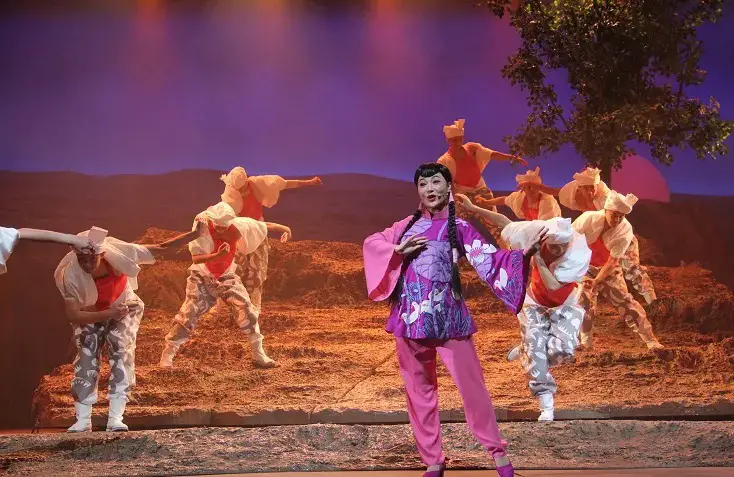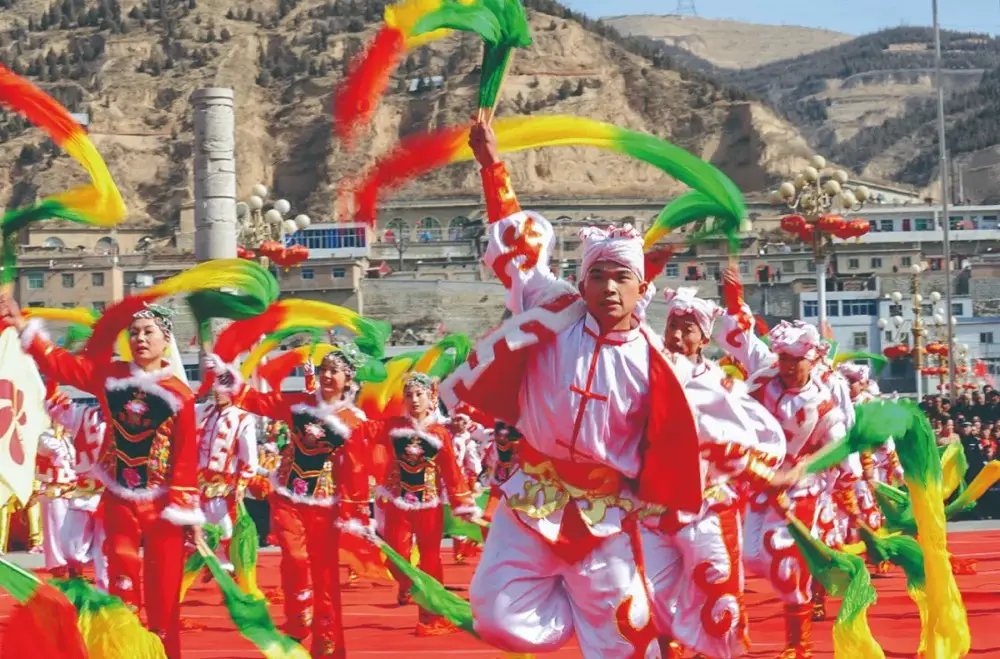It is difficult to understand the history of a society without examining its folk culture – including dances, songs, and cultural aspects. China is a country that is endowed with cultural dances going back thousands of years, and the yangge is among the interesting dances we will examine in this article.
What is yangge dance?

The term ‘yangge’ translates to ‘rice sprout song’ in English, and it is a type of folk dance that originated in the northern regions of China. It is among the representative folk arts from China, and being very popular especially among the older generation, as they will readily join a yangge dance even when the performance is happening.
The dance is different from other Chinese dances in very stark ways. For instance, it promotes a sense of happiness, even bordering on goofiness, because it is meant to celebrate happy occasions, as opposed to classical Chinese dancing which requires an air of majestic, gradual movements.
Where did yangge originate?

Yangge dance history: The origins of this fascinating dance are from the Han Dynasty (between 206 BC and 220 AD) in northern China, while it reached its peak during the Qing Dynasty (between 1644 and 1911). During this time, it was no longer a dance performed during harvests, but it extended to all festival celebrations such as the New Year Festival and others.
The dance has four regional variations: the Shandong, the Northeast Chinese, the Liaoning, and the North Shaanxi. Each variation has its unique traits and they are quite easy to tell apart, but all the variations will share an emphasis on three parts: the dancers, the music band, and the leader.
The Liaoning dance’s distinction is through the dancers moving on stilts, while the Northeast Chinese variation relies on the dancers wearing traditional Manchu clothing and performing quick and free movements.
Many people view the Shandong yangge as the purest yangge, with dancing formations taking five roles – the clown, the flower (reserved for a female), the stick, the drum, and the umbrella (taken on by male dancers). On the other hand, the North Shaanxi variation uses large dance troupes performing in duos or triplets, as they move between different places.
Conclusion
Yangge was always an essential part of daily Chinese life that adapted to the times it was in. This ability has made it into a well-preserved aspect of the culture that still holds strong to this day, even becoming a part of required courses for Chinese dance students to learn.